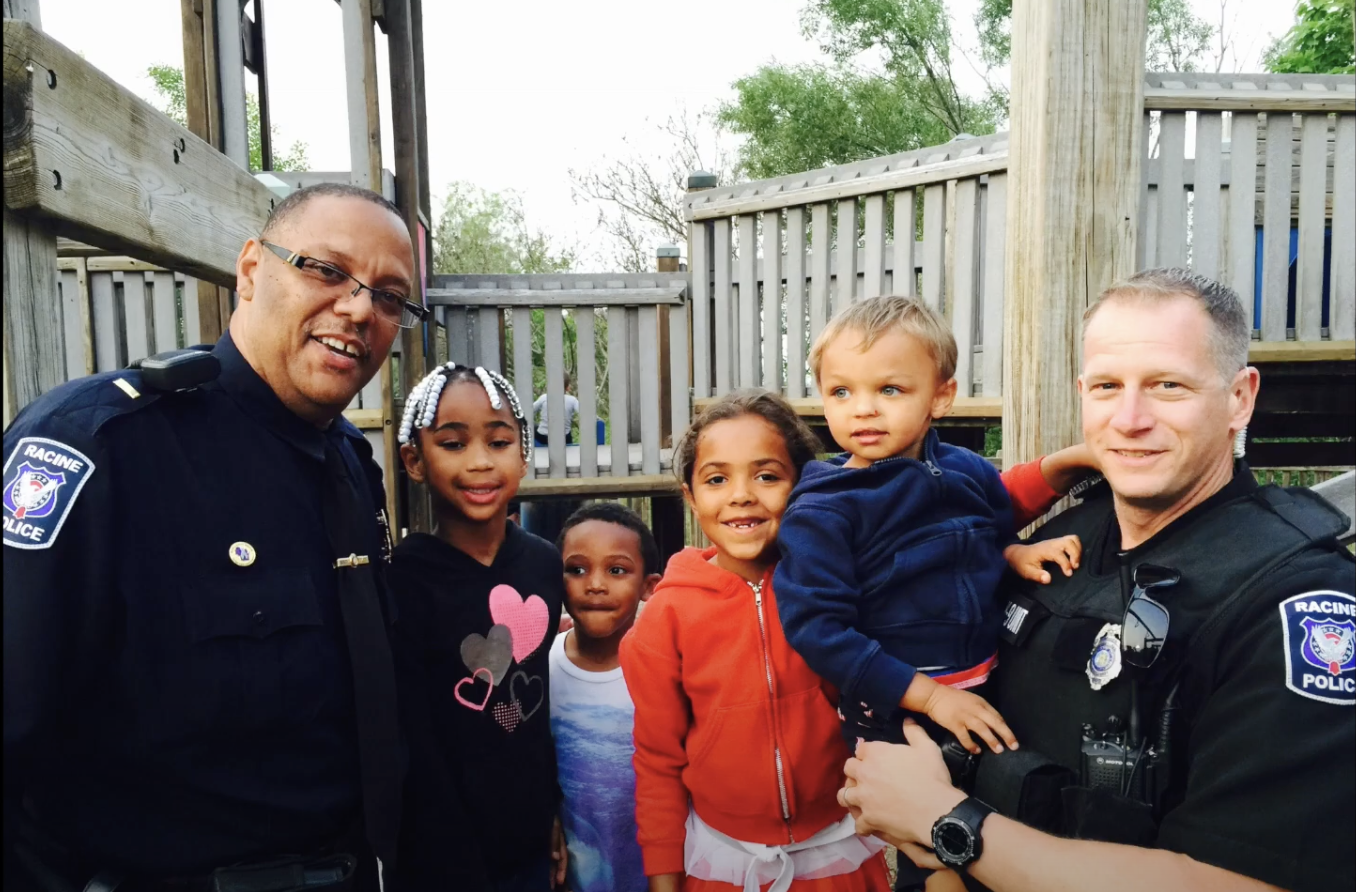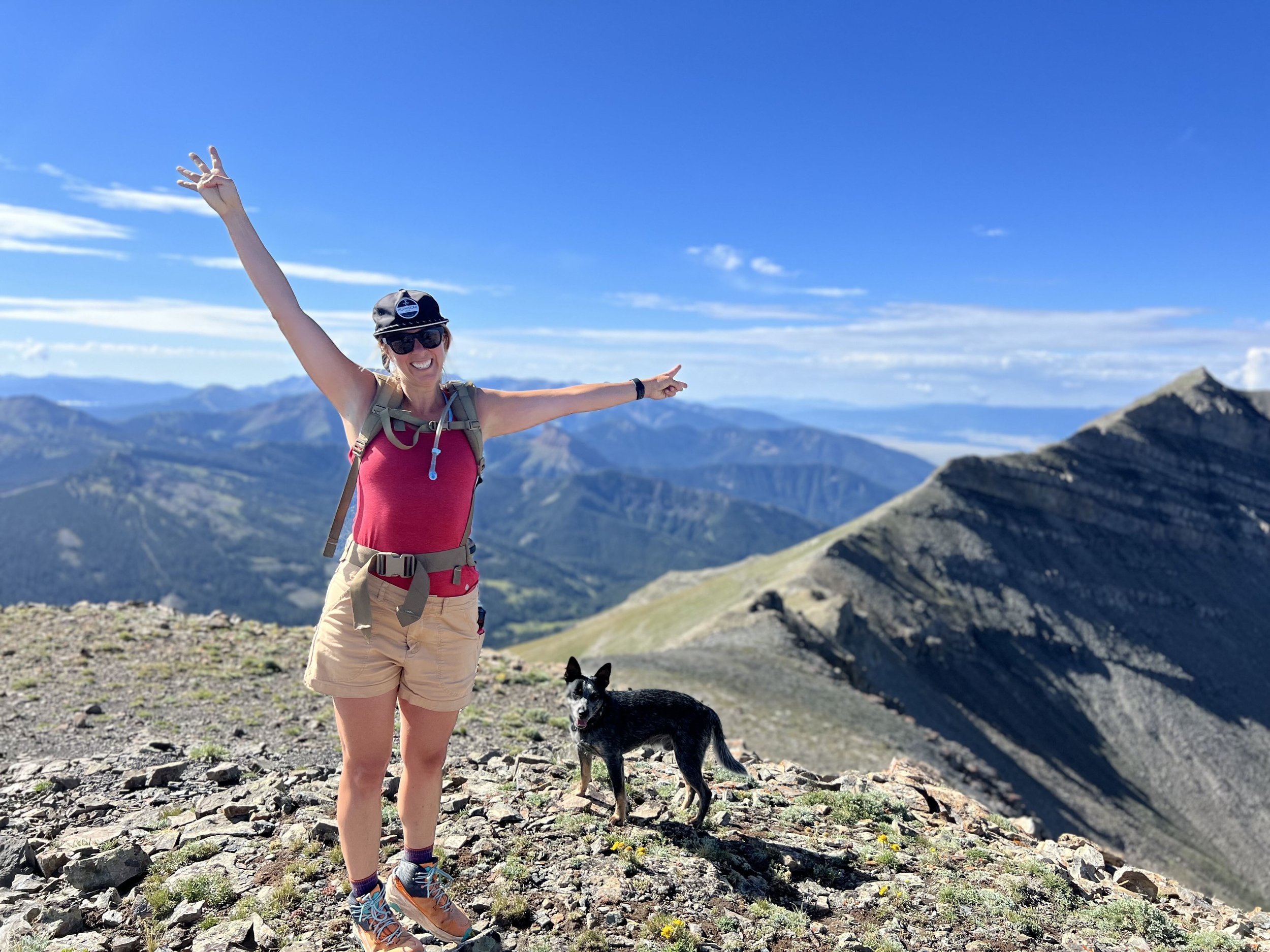A community oriented policing experiment becomes a national model
To understand the community oriented policing experiment pioneered in Racine, Wisc., it helps to first look at its impact.
In 2020, people in cities across the country were protesting against racial discrimination and policing practices in the wake of George Floyd’s murder in Minneapolis. In nearby Kenosha, Wisc., widespread protests and riots caused tens of millions of dollars in damage.
Art Howell, who retired in 2021 after serving in the Racine Police Department for 36 years, including nine years as chief, explained, “Racine is a stone’s throw from Kenosha. The Kyle Rittenhouse event happened about eight minutes from my house. Kenosha literally burned to the ground. But, in Racine, there was only one incident in connection with the unrest.”
A few protestors from Kenosha traveled to Racine and burned down the Thelma Orr COP House, a meeting place where police and the local community came together. It’s important to note that Thelma Orr, whom the house was named after, was a beloved local civil rights activist. Howell said that while many local residents agreed with the sentiments of the national protests, they stood behind their local police department.
“People said, ‘No, whoever did this clearly wasn’t from this community because they don’t know what this house stood for, and they took resources away from our community. That house stood for hope, not hate.’”
Aside from the one instance of damage, Racine was spared the bitterness and lack of trust among the community–and toward the police force–that Kenosha experienced.
“We had this bank of trust equity, from twenty-plus years of building trust, that protected our community when other communities across the nation were torn apart,” Howell said. “That’s because of the work that had occurred over those twenty years between the Racine police and community. You have to build that equity before there’s a crisis.”
The long-term trust built between the Racine police and community members is a feature of their innovative, community-oriented model of policing that dates back to the nineties. A key feature of the model are the Community-Oriented Policing (COP) Houses, like the Thelma Orr COP House mentioned earlier.
“The goal was to become embedded in the neighborhood and to know the neighborhood’s challenges,” said Howell. “That way, the police officers responding to a call know things that a random officer would not know. You gain an intimate knowledge of the neighborhood and the people in it and what their needs are.” Howell credited his predecessor, Chief Richard V. Polzin, for starting the system.
Today, there are seven COP House locations in the Racine area, as well as Rockford, Ill., and St. Cloud, Minn. The COP Houses help to break down barriers between law enforcement and the communities they serve. But they don’t stop at community relations. They offer healthy meals for students and families, homework assistance, mentorship and gang diversion, among other community programs and services.
A key component of the efforts to spread the COP House model across the country is the 132-page COP House Playbook, a digital tool that helps communities replicate the model. The playbook, created in 2020, was co-funded by the Racine Police Department and the Morgridge Family Foundation.
The positive effects of the COP Houses are wide-ranging. Their impact can be seen in large-scale events, like the 2020 protests, and in small, day-to-day interactions.
Liz Powell, president and CEO of the Racine Community Foundation, recalled a police officer who built and repaired bikes for local residents at a Racine COP House. She shared another story of a police officer who wanted to share his lifelong dream of becoming a pilot. The Community Foundation and the officer teamed up to hold an event in which local kids got to fly with a pilot and receive aviator glasses and jackets.
These interactions “definitely humanize officers and people in the community—they’re basically next-door neighbors. They see what each other are going through. The impact is immeasurable,” Powell said.
Howell hopes to see more COP Houses created in more communities across the country. With potential sponsorships in the works, Howell has high hopes for the movement as a whole.
“Communities across the nation currently face a significant increase in crime and related disorder. In sharing our local narrative and community-centered approach to delivering public safety services, we are hopeful that others will be inspired to reimagine what is possible within their own communities.”
***
Download and share the COP House Playbook, available free-of-charge, and learn more about Racine’s Community Oriented Policing Houses.




